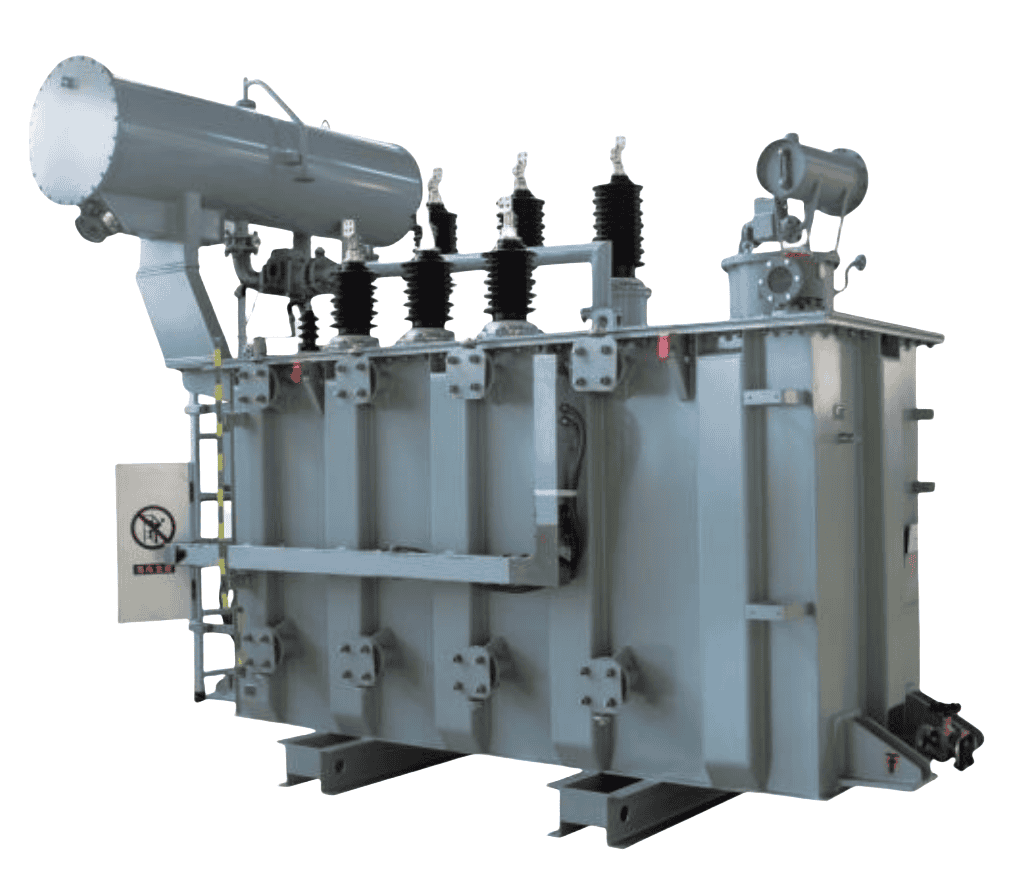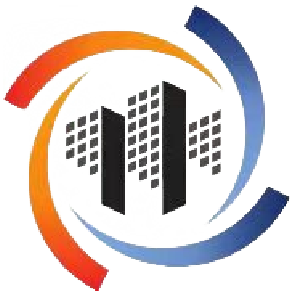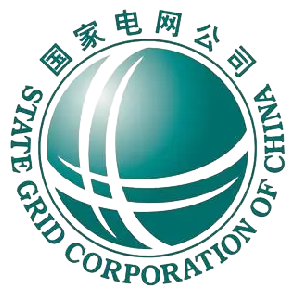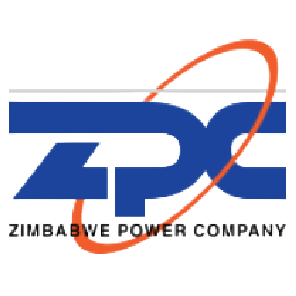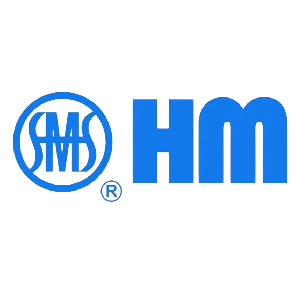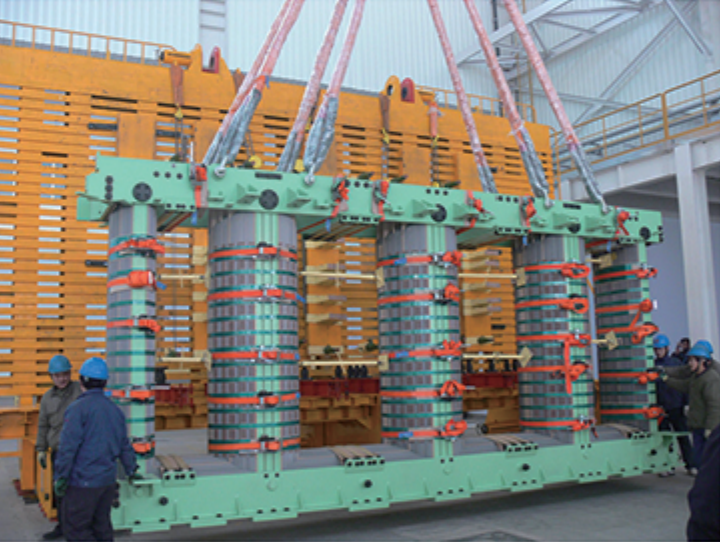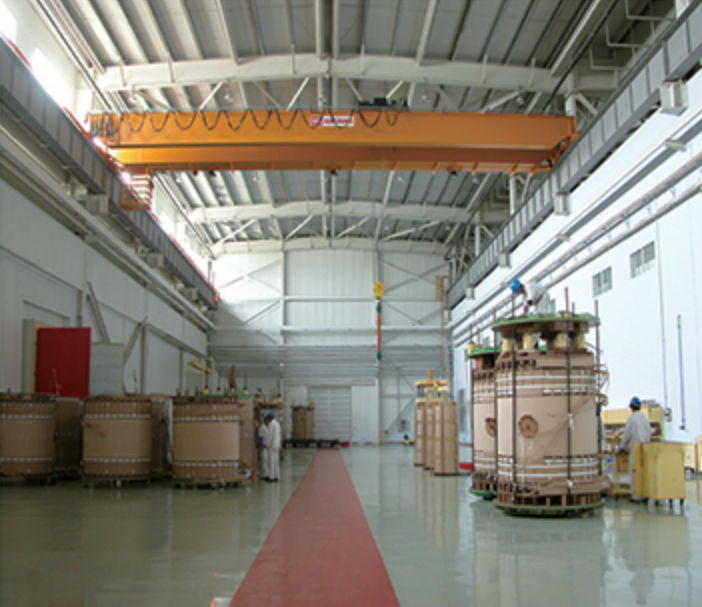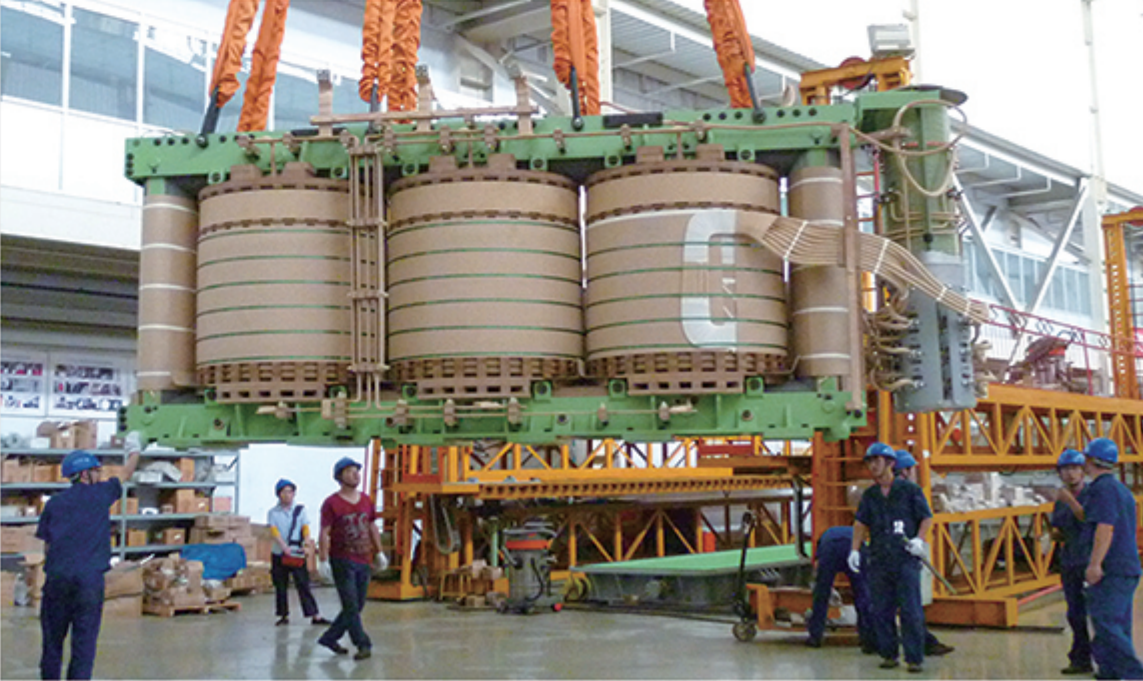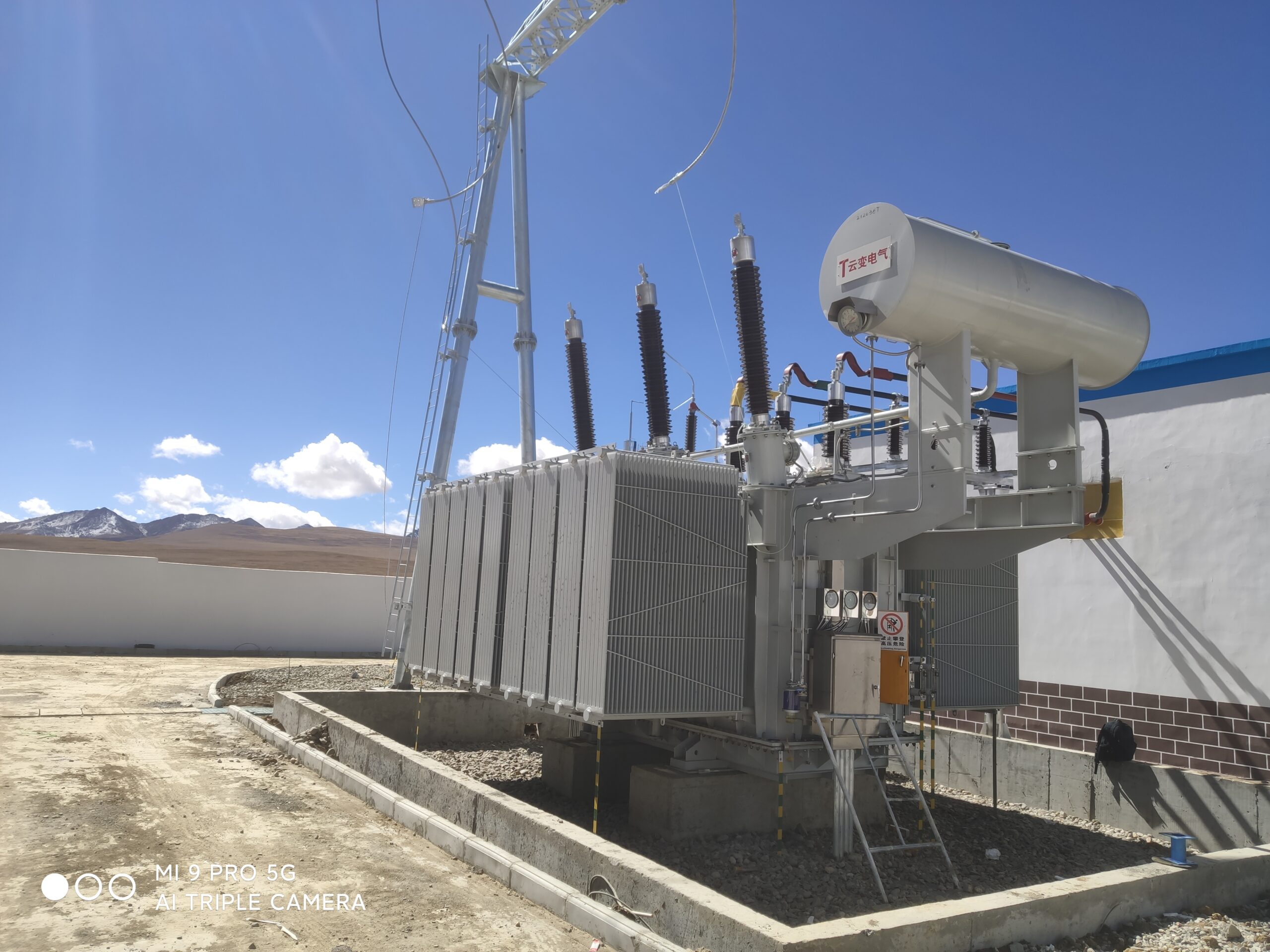Yes, many manufacturers of oil-immersed transformers, including Taishan® Transformers, offer monitoring software or diagnostic tools that enable real-time performance tracking and remote diagnostics. These tools are designed to enhance the operation, safety, and maintenance of transformers by providing insights into critical operational parameters, helping prevent failures, and extending the transformer’s lifespan.
Here’s an overview of what monitoring tools and software are typically available for Taishan® transformers, along with the types of features you can expect:
1. Monitoring Software Features
a) Real-Time Performance Monitoring
- Purpose: Provides ongoing monitoring of the transformer’s key operational parameters such as oil temperature, load current, voltage levels, gas levels, and vibration. These parameters are crucial for assessing the health of the transformer and predicting potential failures.
- Key Parameters Tracked:
- Oil Temperature: Monitors for overheating, which could indicate overload conditions or failure of the cooling system.
- Load Current: Tracks the amount of current passing through the transformer to ensure it is within the rated capacity.
- Voltage Levels: Helps ensure the transformer is operating within its designed voltage range.
- Gas Levels: Measures the levels of gases dissolved in the transformer oil (DGA), which can signal faults such as overheating or arcing.
- Power Factor: Tracks the power factor to ensure the transformer is operating efficiently.
- Vibration Monitoring: Detects mechanical issues such as misalignment or wear and tear on internal components.
b) Predictive Diagnostics (DGA and Trending)
- Dissolved Gas Analysis (DGA): Software can analyze the levels of gases in the oil, providing a predictive diagnosis of potential faults. It detects gases such as hydrogen, methane, ethylene, acetylene, and others to diagnose issues like overheating, partial discharge, or electrical arcing.
- Trend Analysis: The software can store data over time, allowing operators to monitor trends in the data and make informed decisions based on historical patterns, such as increasing gas levels or temperature trends.
c) Alarm and Fault Detection
- Alerts and Alarms: The system can generate real-time alarms when parameters exceed predefined thresholds, indicating that maintenance or corrective actions are required.
- For example, if the temperature exceeds the safe operating range, or if gas levels reach a critical threshold, an alarm will notify maintenance personnel immediately.
- Early Warning System: Predictive diagnostic tools can provide early warnings of potential failures, helping to avoid costly unplanned outages or serious transformer damage.
d) Remote Monitoring and Control
- Cloud-Based Systems: Many modern transformer monitoring solutions offer remote access through cloud-based platforms. This allows operators and maintenance teams to access data from anywhere, monitor performance continuously, and remotely manage the transformer.
- Mobile and Desktop Applications: Monitoring systems may come with mobile apps or web-based dashboards, enabling users to track the transformer’s performance from a smartphone or computer.
e) Data Logging and Reporting
- Comprehensive Reporting: The software generates detailed reports that document the performance of the transformer over time, including critical parameters and any alarms or faults that occurred. These reports can be used for analysis, audits, and regulatory compliance.
- Data History: A historical record of key performance data is stored for later analysis, providing valuable insights for condition-based maintenance and identifying patterns that could lead to failure.
2. Specific Tools and Software by Taishan®
While Taishan® Transformers may not list proprietary software by name, many manufacturers of oil-immersed transformers, including Taishan, offer integrated monitoring systems in collaboration with third-party vendors or their own in-house solutions. Typical systems include:
a) Smart Transformer Monitoring System
- Description: This system integrates sensors and devices for real-time monitoring of operational parameters (oil temperature, load, gas content, etc.). It is typically supported by software that visualizes these parameters in a user-friendly interface.
- Key Features:
- Real-Time Alerts: Instant notifications when any parameters go out of range.
- Advanced Analytics: The ability to process data from sensors and provide actionable insights.
- Long-Term Trend Analysis: Review performance and operational data over long periods for more strategic decision-making.
b) Online Dissolved Gas Monitoring System
- Description: Specialized systems for Dissolved Gas Analysis (DGA), designed to track and analyze gases dissolved in the transformer oil.
- Features:
- Provides continuous monitoring of key gases, with real-time alerts when gas concentrations indicate the onset of a fault (such as overheating, partial discharge, or electrical arcing).
- Compatible with cloud platforms for easy data access and reporting.
c) Condition-Based Monitoring Solutions
- Description: These are often part of an Integrated Asset Management System and are aimed at monitoring transformers as part of a larger grid or substation system.
- Key Features:
- Condition Monitoring: Software analyzes the condition of the transformer in real time and recommends maintenance based on actual performance rather than time intervals.
- Integrating with SCADA: Many systems can integrate into broader SCADA (Supervisory Control and Data Acquisition) systems for grid-wide monitoring.
3. Benefits of Transformer Monitoring Software
The use of monitoring software and tools provides numerous benefits:
a) Enhanced Predictive Maintenance
By providing detailed insights into transformer performance, predictive maintenance becomes more accurate. This allows for:
- Timely interventions before a failure occurs.
- Reduced downtime and maintenance costs by addressing issues early.
b) Increased Transformer Lifespan
Continuous monitoring helps identify issues such as overheating, moisture accumulation, or gas buildup that could shorten the transformer’s lifespan. By addressing these issues proactively, the lifespan of the transformer can be significantly extended.
c) Improved Safety and Reliability
Real-time performance tracking ensures that potential faults are detected before they lead to serious damage, reducing the risk of fire, explosion, or electrical outages, and increasing overall safety.
d) Regulatory Compliance
By having detailed performance data and reports, users can meet regulatory requirements more easily, such as ensuring that maintenance and diagnostics are carried out as required by standards.
e) Remote Monitoring and Control
For transformers installed in remote or hard-to-access locations, remote monitoring allows operations and maintenance teams to track and troubleshoot performance from anywhere, minimizing the need for frequent on-site visits.
4. Integration with IoT and AI
Some advanced monitoring systems integrate with IoT (Internet of Things) devices and AI-based analytics to:
- Collect and analyze data from multiple transformers in a network.
- Use machine learning algorithms to predict potential transformer failures based on data trends and patterns.
- Provide autonomous diagnostics, recommending maintenance actions and scheduling.
Conclusion
Taishan® Transformers, like many other manufacturers, likely provides monitoring software or tools to track the performance, safety, and operational efficiency of their oil-immersed transformers. These tools often include features like real-time performance monitoring, predictive diagnostics (e.g., DGA), remote access, and reporting capabilities. The use of such monitoring systems enhances the reliability, efficiency, and lifespan of the transformer, while also improving safety and regulatory compliance.
